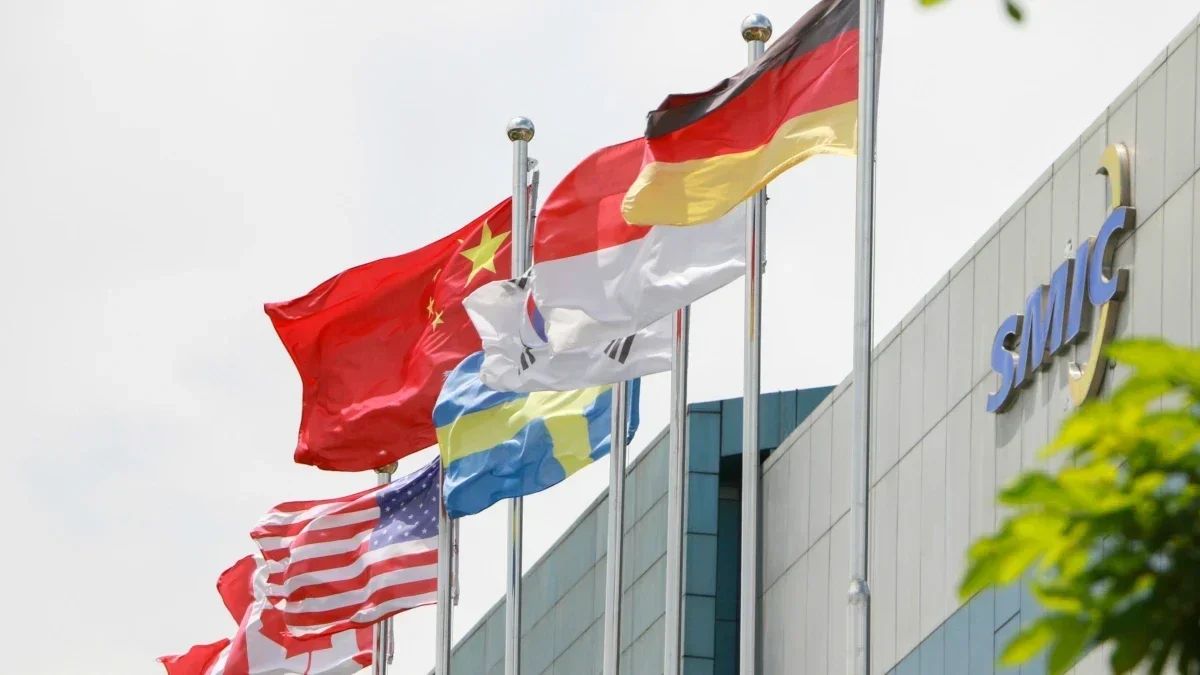China’s Largest Foundry Poised to Cause U.S. Lawmakers to Go Ballistic

SMIC’s Breakthrough in Chip Technology Creates Tension for U.S. Officials
China’s largest foundry, SMIC, has made significant strides in chip technology, causing concern among U.S. lawmakers and officials. Despite facing sanctions, SMIC has built a team dedicated to developing 3nm chips using older technology. This move could potentially challenge the dominance of companies like TSMC and Samsung Foundry in the semiconductor industry.
SMIC has been using DUV lithography equipment to work towards producing 3nm chips, a task previously thought to be impossible without EUV machines. The R&D team at SMIC is being led by co-CEO Liang Mong-Song, a renowned semiconductor scientist with experience at TSMC and Samsung Foundry.
Furthermore, SMIC has been relying on ASML’s Twinscan NXT:2000i DUV lithography machine, using innovative patterning techniques in an attempt to reach 3nm without an EUV lithography machine. If successful, SMIC could disrupt the industry and compete with leading companies in chip production.
This development follows Huawei’s announcement of the Mate 60 Pro, powered by the homegrown 7nm Kirin 9000s 5G chip, which also raised concerns among U.S. officials. The possibility of SMIC producing 3nm chips using DUV has escalated tensions even further, as the company continues to defy the impact of U.S. sanctions.
The success of SMIC’s chip production could pose a significant challenge to the U.S., potentially diminishing its control over the semiconductor industry. As the competition heats up, the future of chip production is becoming increasingly uncertain, with SMIC’s innovation and determination setting the stage for a shift in the global semiconductor landscape.
